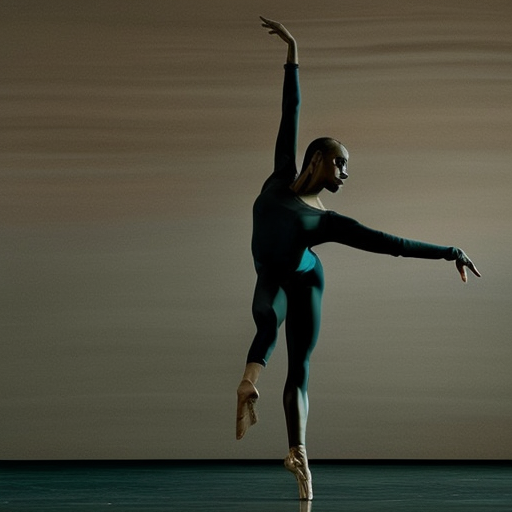Summary:
Choreography is the art of creating and arranging movements in dance or other performance arts. It involves the composition of movements, formations, and patterns that are performed by dancers or performers. Choreographers use their creativity and knowledge of dance techniques to express ideas, emotions, and narratives through movement. They work closely with dancers, musicians, and other artists to bring their vision to life on stage.
Introduction:
Choreography is a vital aspect of dance and performance arts. It is the process of designing and arranging movements to create a dance piece or performance. Choreographers are responsible for creating the overall structure, movement vocabulary, and artistic vision of a dance work. They collaborate with dancers, musicians, and other artists to bring their ideas to fruition.
History of Choreography:
Choreography has a rich history that dates back to ancient civilizations. In ancient Greece, dance was an integral part of religious rituals and entertainment. Choreographers, known as “chorodidaskalos,” were responsible for creating and teaching the dance movements. During the Renaissance period, dance became more structured and choreographers began to document their work in written form.
Elements of Choreography:
Choreography involves various elements that contribute to the overall composition of a dance piece. These elements include:
Movement: Choreographers create and arrange movements to convey specific ideas, emotions, or narratives. They use a variety of dance techniques, such as ballet, modern, jazz, or contemporary, to create the desired movement vocabulary.
Formations: Choreographers determine the placement and arrangement of dancers on stage. They create formations that enhance the visual impact of the performance and contribute to the overall composition.
Patterns: Choreographers use patterns to create visual interest and variety in the dance piece. Patterns can be symmetrical or asymmetrical and can involve the entire group of dancers or individual dancers.
Timing and Rhythm: Choreographers consider the timing and rhythm of the movements to create a cohesive and synchronized performance. They work closely with musicians to ensure that the movements align with the music.
Choreographic Process:
The choreographic process involves several stages, starting from the initial concept to the final performance. These stages include:
Research and Inspiration: Choreographers gather inspiration from various sources, such as music, visual art, literature, or personal experiences. They conduct research to deepen their understanding of the theme or concept they want to explore.
Creation and Experimentation: Choreographers experiment with different movements, formations, and patterns to develop their ideas. They work closely with dancers, exploring different possibilities and refining their choreographic choices.
Rehearsal and Refinement: Choreographers rehearse with the dancers to refine the choreography. They provide feedback, make adjustments, and ensure that the movements are executed with precision and artistry.
Collaboration: Choreographers collaborate with other artists, such as costume designers, lighting designers, and musicians, to enhance the overall performance. They work together to create a cohesive and immersive experience for the audience.
Styles and Approaches:
Choreographers employ different styles and approaches to create their work. Some choreographers focus on narrative storytelling, while others emphasize abstract or conceptual ideas. Some popular choreographic styles include classical ballet, contemporary dance, postmodern dance, and hip-hop. Each style has its own unique movement vocabulary and artistic conventions.
Conclusion:
Choreography is a dynamic and creative art form that plays a crucial role in dance and performance arts. Choreographers use their artistic vision and technical expertise to create movement compositions that captivate and inspire audiences. Through their collaboration with dancers and other artists, they bring their ideas to life on stage, creating memorable and impactful performances.












